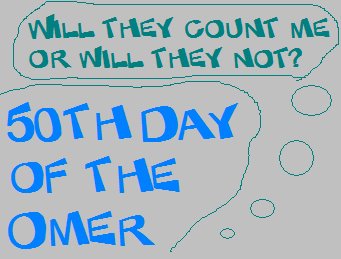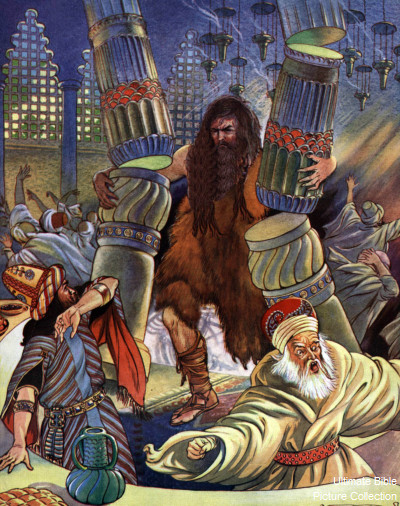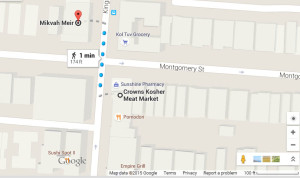Makos 22b.
- 1- We are in the middle of discussing the concept of the ‘evaluation’ process needed to ascertain how many Malkus one can physically absorb.

We discussed the Halacha that if he cannot take all 39 Malkus we give him less, as long as the number can be divided by 3.
Say one is evaluated that he can only receive 18 lashes. An interesting argument is whether:
a) – in reality he should have received the full 39. It is just that the balance is not administered because of Pikuach Nefesh.
b) – or, the 18 he receives is his punishment. He never received a verdict of more than 18.
2- The concept of shlichus is well know. When appointing a proxy in Halacha, all actions performed by this proxy (shliach/POA) is considered as if the one who appointed him had performed this action(s).

So if Yoily sends Mechel to purchase something for him the transaction is 100% valid as if Yoily was present and performed the act himself.
The exception to this ‘Shlichus rule’ is if the action was illegal. In such cases the shliach is the only one liable for the consequences. So if Yoily sends Mechel to ignite a fire on Shabbos (C”V) it is Mechel who is liable.

- In our Gemara we have the case of a shliach Beis Din that gives one extra lash and that single blow causes the poor defendant to die….. So our Mishna states that the shliach Beis Din is required to run to Golus.
How could such a thing happen? The Gemara (B”K 32b) says that the Dayan erred in his counting!

- But isn’t the administrator of the lashes just a shliach? So the Dayan should go to Golus.
We discussed this perplexing question at length. Does the rule of ‘Ein Shliach Lidvar Aveira’ also apply to when it is (like our case) a ‘Shogeg’. We mentioned the opinion of the Ketzos and the Nesivos.
3- We concluded with a long story.
- Here are some points:
a- The dialogue between Reb Eizal Chorif – R, Yehoshua Yitzchok Scahpiro and Reb Chaim Soloveitchik about taking a noted Posek to a Din Torah…..
b- The Noda Biyehuda’s ruling on the following:
Someone appointed a shalich to divorce his wife.
 The shliach did indeed hand over the get to the wife ….the only issue was that she didn’t want to receive the get!
The shliach did indeed hand over the get to the wife ….the only issue was that she didn’t want to receive the get! - Now we know that Rebeinu Gershom prohibited the giving of a get against the wishes of the wife.

So R’ Yechezkel Landau (the Noda B’yehuda) ruled that since forcibly giving a get is prohibited, ‘Ein Shliach Lidvar Aveira’ – the shliach by his prohibited act severed his relationship with the husband and is no longer a shliach and therefore invalidating the get!
This ruling caused a storm in the Rabbinic world.

c- The Rav of Constantinople, Reb Yizchok Dovid Bechar, weighs in on this dispute. He writes to the NB agreeing with him. The NB is floored by Reb Yitzchok’s greatness.
d- Reb Yitchok’s book arrives in Europe. Here is the part mentioned in our story.














